Scorecard vs Dashboard: How to Choose to Maximize Your Benefits?
FineReport
SEPTEMBER 22, 2021
As important parts of business intelligence, scorecard and dashboard can both play an obvious role in promoting enterprise development. However, limited by factors such as cost and corporate strategies, sometimes companies need to make a choice between scorecard vs dashboard. Definition of scorecard and dashboard. Free trial.



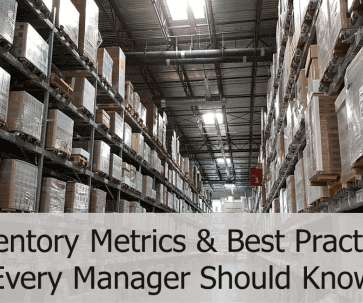

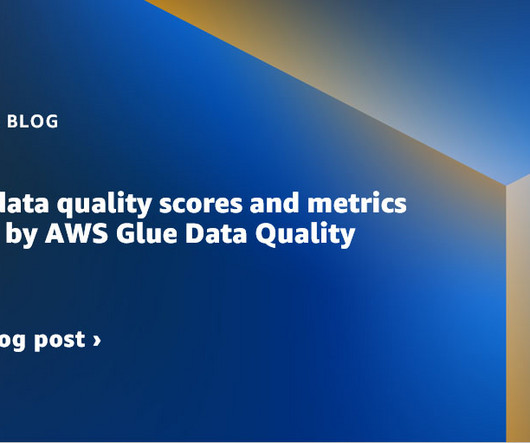
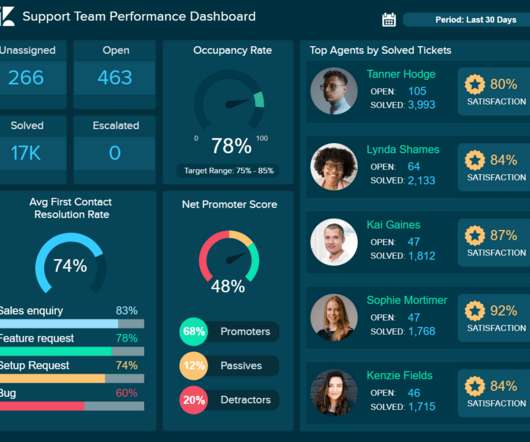

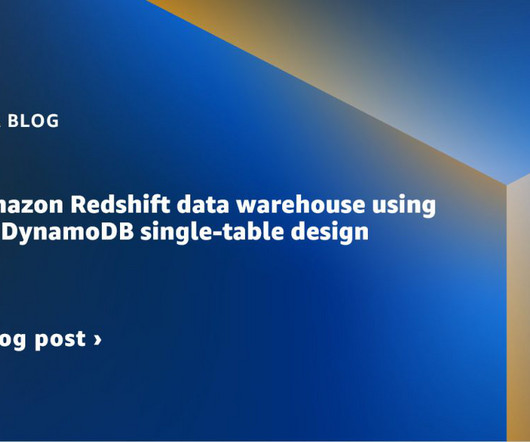
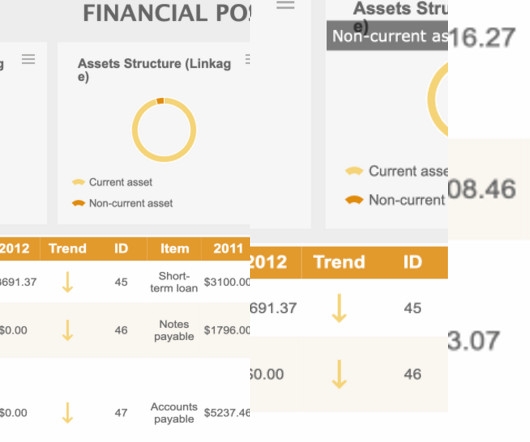















Let's personalize your content